Comment les sites Web détectent-ils les empreintes digitales du navigateur ?
Cookies et empreintes digitales du navigateur
Les cookies ne devraient pas être étranges pour les internautes d'aujourd'hui. Les cookies sont des fichiers texte stockés dans la mémoire de votre navigateur avec de petits éléments de données, comme un nom d'utilisateur et un mot de passe.
Les cookies peuvent stocker un large éventail d'informations, y compris des informations personnelles identifiables, telles que votre nom, votre adresse personnelle, votre adresse e-mail et votre langue préférée. Lorsque vous visitez le Web à l'aide d'un navigateur, les sites Web peuvent identifier votre ordinateur en fonction des cookies auxquels ils accèdent.
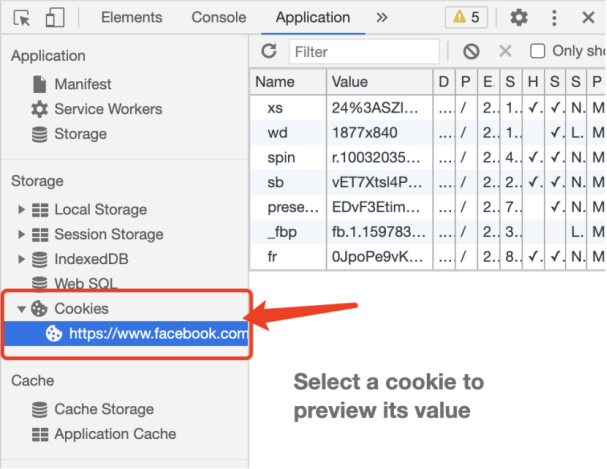
Comme les cookies, les empreintes digitales du navigateur sont également utilisées par les sites web pour suivre les utilisateurs. Les sites web collectent des empreintes digitales de navigateur uniques qui peuvent être retracées jusqu'à l'appareil spécifique.
Ce faisant, les sites web collectent en même temps les données des utilisateurs. Même si vous effacez les cookies de votre navigateur après avoir visité le Web, les enregistrements des empreintes digitales du navigateur peuvent toujours être utilisés par les sites Web pour vous suivre en continu en ligne.
Comment fonctionnent les empreintes digitales du navigateur ?
Les sites Web analysent JavaScript pour recueillir les empreintes digitales du navigateur (telles que l'agent utilisateur, le fuseau horaire, la taille de l'écran, la résolution, la police, les plug-ins, etc.) et créer des signatures numériques uniques en fonction des informations acquises.
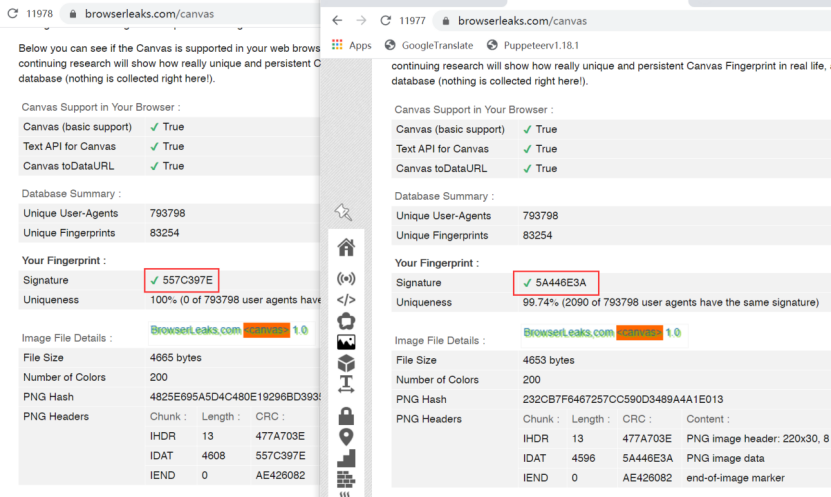
Source : https://browserleaks.com/javascript
Certains sites Web utilisent le canevas HTML5 pour traiter les graphiques. Il s'agit également d'une méthode courante pour recueillir des informations détaillées sur un appareil spécifique, car le GPU des différents ordinateurs restitue les graphiques de différentes manières.
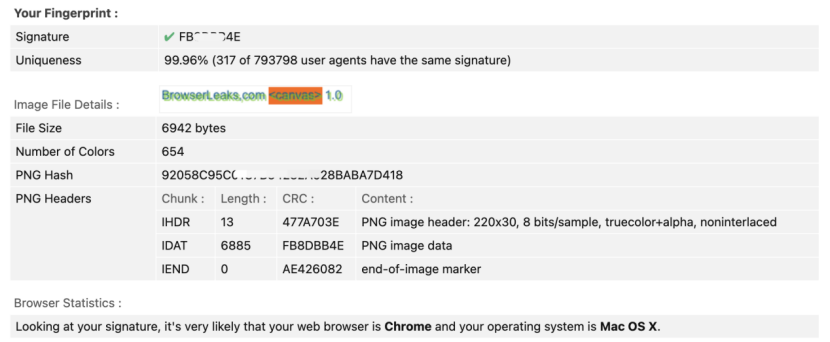
Source : https://browserleaks.com/canvas
Dans AdsPower, vous pouvez facilement modifier les empreintes digitales, comme l'UserAgent, le fuseau horaire et la taille de police, ainsi que créer plusieurs profils de navigateur pour émuler plusieurs ordinateurs.
À quoi servent les empreintes digitales du navigateur ?
création de faux compte et entraînera la vérification ou l'interdiction de vos comptesd.
Que pouvez-vous faire avec AdsPower ?
Basé sur Chromium, vous pouvez configurer des adresses IP proxy et modifier les empreintes digitales de base, telles que l'UserAgent, le fuseau horaire, la langue, la géolocalisation, la résolution et la police, dans AdsPower.
Plus important encore, les empreintes matérielles, comme Canvas, WebGL et Audio, peuvent également être modifiées dans AdsPower.
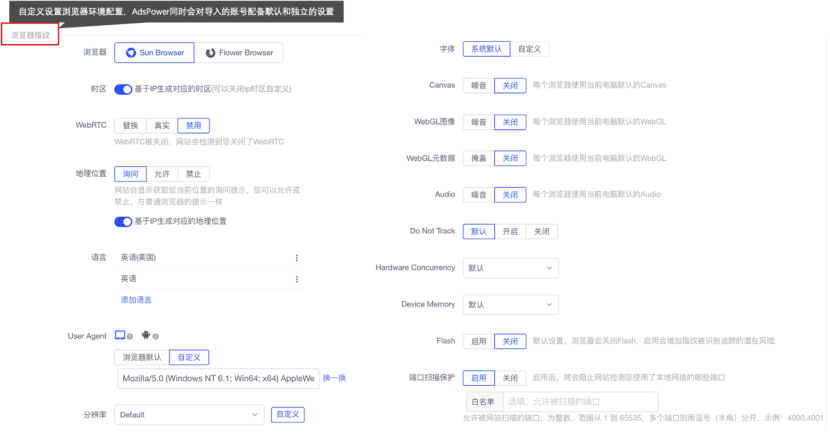

Les gens lisent aussi
- Les 8 meilleures alternatives à Whoer en 2025 (outils de vérification d'adresse IP précis et confidentiels)

Les 8 meilleures alternatives à Whoer en 2025 (outils de vérification d'adresse IP précis et confidentiels)
Vous cherchez une alternative à Whoer.net ? Découvrez notre liste 2025 des 8 meilleurs outils de vérification d’adresse IP pour une analyse d’empreinte numérique précise et privée et une navigation en ligne améliorée.
- RDP vs Antidetect Browser : quelle est la différence et lequel est le plus sécurisé ?
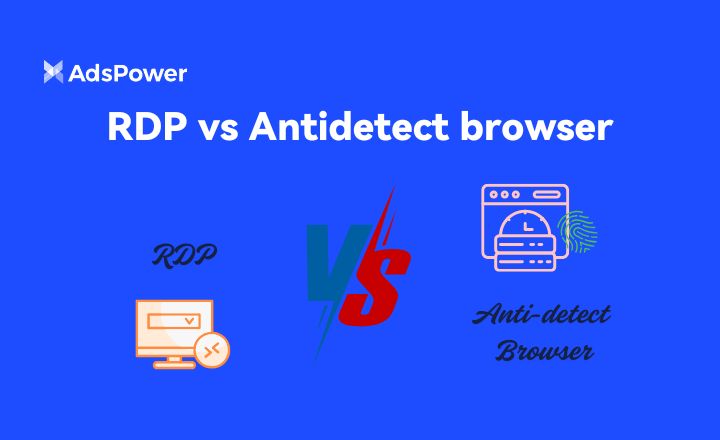
RDP vs Antidetect Browser : quelle est la différence et lequel est le plus sécurisé ?
Utilisez-vous le protocole RDP ou un navigateur antidétection pour gérer vos comptes ? Découvrez les différences entre RDP et un navigateur antidétection et apprenez à choisir la solution la plus adaptée à vos besoins.
- Décryptage de ce qu'est un agent utilisateur : composants UA et comment les rechercher

Décryptage de ce qu'est un agent utilisateur : composants UA et comment les rechercher
Découvrez ce qu'est un agent utilisateur, ses composants et comment trouver la chaîne UA de votre navigateur dans ce blog.
- Comment éviter les empreintes digitales du navigateur : un guide complet

Comment éviter les empreintes digitales du navigateur : un guide complet
Vous vous inquiétez de l'empreinte digitale de votre navigateur ? Notre guide vous aide à l'éviter tout en révélant un minimum d'informations personnelles.
- Que sont les fuites WebRTC et comment les éviter ?

Que sont les fuites WebRTC et comment les éviter ?
Les fuites RTC sur le Web peuvent vous mettre en danger à tout moment. Dans cet article, nous les découvrons et comment les éviter.


